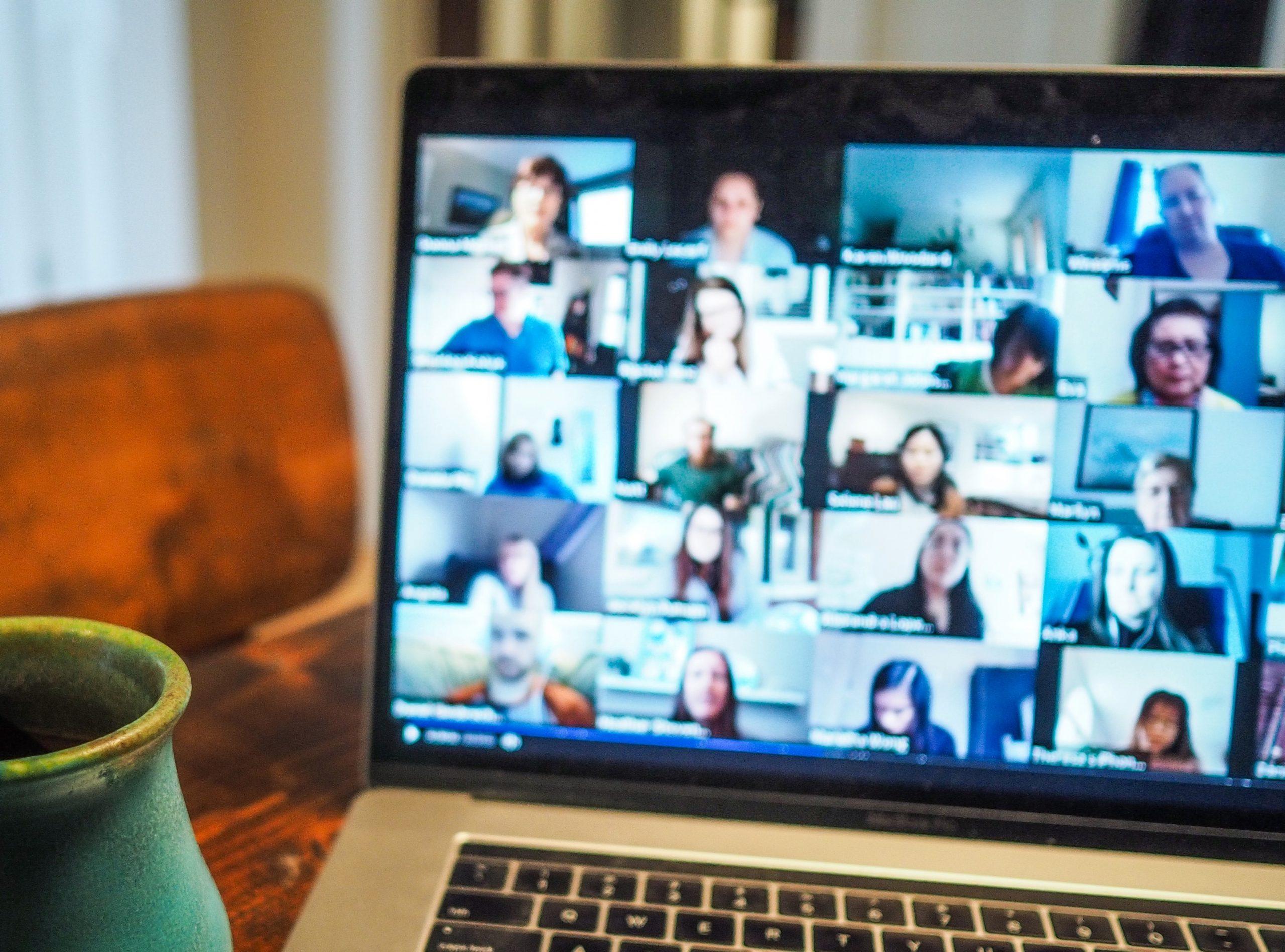Research led by Harvard Business School Dean Nitin Nohria suggests that there are four basic emotional needs, coming straight from Darwin, that are the universal basis of workplace motivational drives. In a simplistic workplace context, these four drives, which the research calls the “ABCD” of human motivation, can be described as:
- Acquire – motivation from pay and other tangible returns
- Bond – workplace connection and friendships
- Comprehend – training and personal improvement
- Defend – having achievements recognised and being treated fairly in return
Post-Covid, the basic human drives underpinning these remain the same – even Covid cannot overturn millions of years of evolution. However, the way in which managers can help teams and individuals satisfy these drives has been massively changed by the pandemic.
So, if the measure of how much a job satisfies these four drives directly relates to how much an individual is motivated in their work, how do managers adapt to keep motivation high in the post-Covid era?
We put this question to a mixed panel of businesses in a recent seminar Embrace New Ways of Managing During Covid 19. The results made for very interesting reading. For many the management of Acquire drivers was the only one that, at first, had appeared to have gone unchanged. Salaries and benefits are what they are – though possibly managers felt less pressure here from team members, where basic job security is now more of a worry than the next pay rise.
But, once many of our panel had simply stopped to consider this, the answer to managing that driver became apparent. What will keep team members motivated right now is reassurance that the company is doing everything it can to keep their job safe. The pay rise conversation can possibly wait, but when we’re talking about motivation, the assurance of basic job security is of the highest importance, and communicating this is a way to keep Acquire motivation high.
The most action overall came from B for Bond. Our panel had universally rolled impressively in reaction to keeping workplace bonding alive. End-of-week Zooms had been moved to late Fridays, sometime accompanied by treats and nibbles. Quizzes, meet-the-baby, meet-the-pet, you name it, there’s a lot of impressive effort going into keeping bonding levels high. The real learning here though came from a few managers who had experienced some pushback from certain quarters for such events. Learnings? Make sure people understand participation is optional. Nobody likes forced fun in the office, so don’t force it outside. Extroverts thrive on these events. Introverts may prefer the option to slink away early and get back to their book. Cater for all needs to keep motivation high.
The C for Comprehend also may have at first seemed easily countered by smart managers who were quick to pivot. As a training company, we can attest that training can be delivered on Zoom as effectively as in a live environment. But what Zoom is bad at is those water cooler moments. Those post-meeting little conversations that can be the Columbo of workplace learning. The little anecdotes that reveal more about a teammate’s job or experience than any amount of PowerPoints. Some of the greatest workplace lessons ever learnt came more from a humorous conversation or sharing a moment than from any inhouse lecture room. The answer some of our panel found was to formalise some informalities. Lunch & Learn sessions, for example, provided informal interaction, with a loose agenda, not driven by any pressing matters in the workplace. Just an organised opportunity to generally share, proved a great way to engender some serendipity which may have been lost from the actual water cooler.
The most potentially controversial part of the ABCD, as encountered by our panel, was the Defend driver. Essentially, after sometimes years of service, blood, sweat and tears, being furloughed simply never feels like justice, no matter how necessary for the future of the company. The answer to this potentially monumental demotivator, and possibly to all of A through to D really comes back to the three C’s. Communication, Communication, Communication. Ensure that all processes are transparent and seen as fair. Getting all your team to understand actions taken for the common good is about raising the overall level of involvement in the “big picture” at levels much higher than they may have been prior to Covid.
The truth is, all of the above is really about truly great communication and optimum transparency. Now we’ve all seen what the boss’s spare room looks like, transparency has never been in a better or more honest place. Retaining and maintaining that transparency, and keeping up the communication, will be the true watershed between the pre and post-Covid worlds of successful management.







